Tokyo may appear daunting when organizing a family vacation, but this amazing city is actually one of the world’s most family-friendly destinations. Other cultures value consideration for others, and Tokyo’s well-planned infrastructure makes it easy for families to get around the city.
Clean public amenities and friendly locals who go out of their way to help families add convenience that Western cities can only dream of. Tokyo’s success with kids is a result of attuning oneself to the rhythm of the city and anticipating its nuances.
Below are 19 hands-on tips that will make your family’s Tokyo experience from one of potential stress to one that is fun.
IC Cards
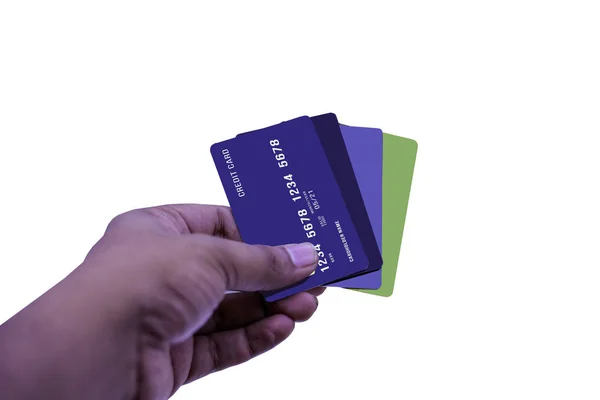
Getting an IC card for each family member works like having a magic key to Tokyo’s entire transportation network. These rechargeable cards function on trains, subways, buses — even at convenience stores and vending machines.
You can reload them at any station, though kids particularly love that satisfying beep when they tap the readers.
Convenience Store Headquarters
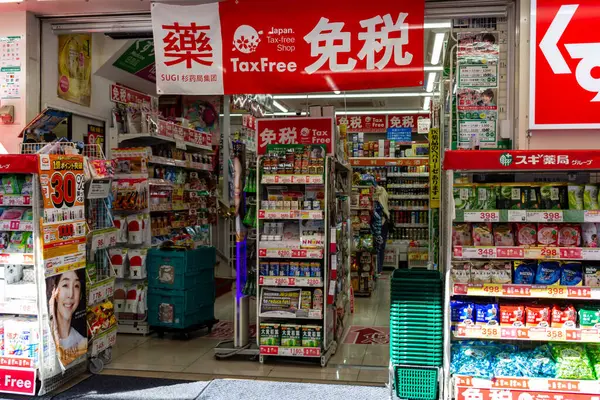
Think of convenience stores as your family’s Tokyo command center rather than just snack stops. These 24-hour lifesavers stock everything from baby formula and diapers to hot meals, umbrellas, and phone chargers.
Staff often speak basic English, and many locations feature clean restrooms that welcome families.
Like Travel Pug’s content? Follow us on MSN.
Pocket Wi-Fi Device
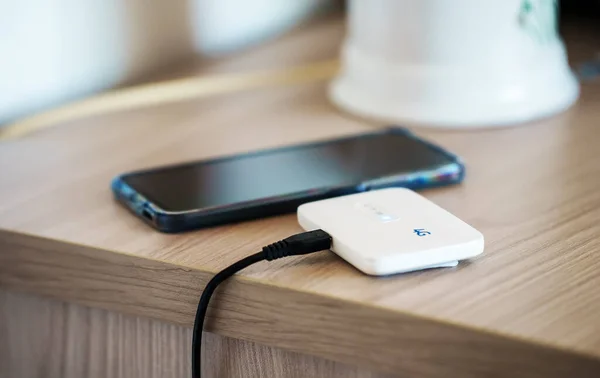
Renting a pocket Wi-Fi device at the airport provides constant internet access without international roaming charges. This small device connects multiple phones and tablets, letting you use translation apps, navigation tools, and keep kids entertained during transit delays.
Most rental companies offer airport pickup and return, streamlining the process.
Train Etiquette Basics
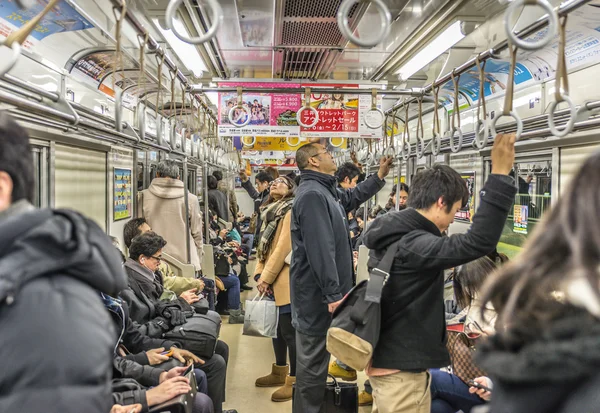
Japanese trains operate on specific courtesy rules that make traveling with children smoother once understood. Priority seats are reserved for elderly passengers, pregnant women, and those with small children.
Avoid letting kids put their feet on seats or speak loudly.
Department Store Food Courts
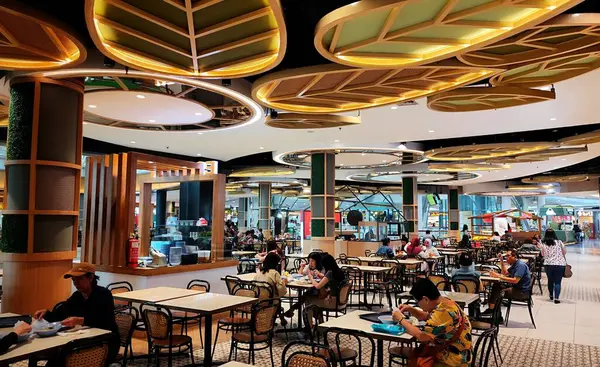
Major department stores like Takashimaya and Mitsukoshi feature extensive food courts that solve the ‘what should we eat’ dilemma perfectly. These food halls offer everything from familiar pasta and fried chicken to adventurous Japanese dishes — all in clean, family-friendly environments.
Kids can see food before ordering, which eliminates guesswork and potential mealtime meltdowns.
Like Travel Pug’s content? Follow us on MSN.
Neighborhood Parks
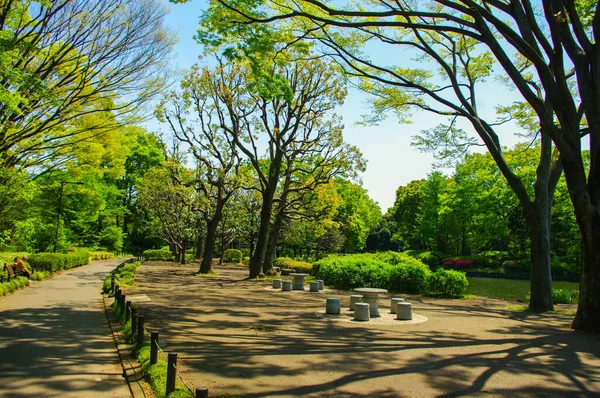
Every Tokyo neighborhood contains small parks equipped with playground equipment designed for different age groups. These parks provide perfect breaks between sightseeing activities, letting kids burn energy in safe environments.
Many include public restrooms and water fountains, making them ideal rest stops during long walking days.
Vending Machine Strategy
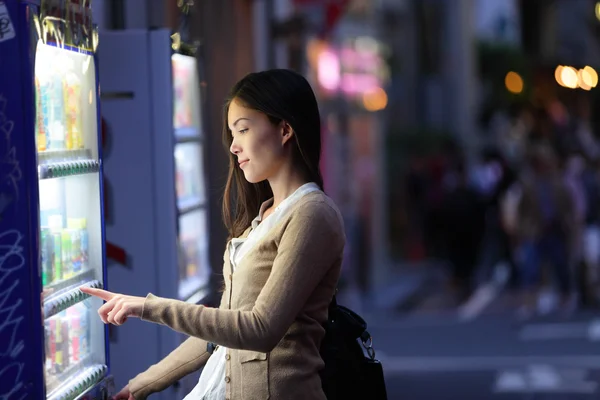
Tokyo’s famous vending machines become incredibly useful when traveling between long sightseeing stops. These machines accept IC cards, while offering everything from hot coffee for adults to fruit juices and warm tea for children.
Learning basic Japanese characters for ‘hot’ and ‘cold’ prevents accidentally buying scalding drinks for little ones.
Stroller Navigation
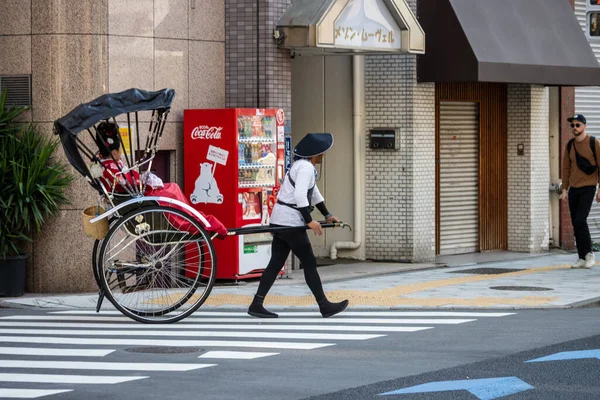
Tokyo’s train system accommodates strollers better than many visitors expect, though timing matters significantly. Avoid rush hours (7-9 AM and 5-7 PM) when possible, seeking elevators rather than escalators at major stations.
Many trains feature designated spaces for strollers and wheelchairs, marked with clear signage.
Like Travel Pug’s content? Follow us on MSN.
Family Restaurant Chains
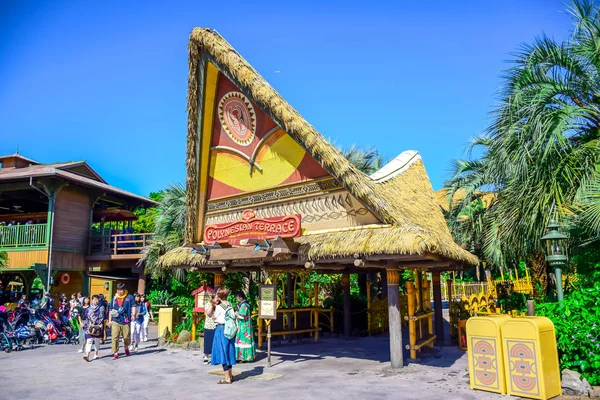
Chains like Gusto, Ootoya, and Coco Ichibanya cater specifically to families with children’s menus, high chairs, and picture-based ordering systems. These restaurants understand that families need space, time, and patience, creating relaxed dining atmospheres often missing in traditional establishments.
Most locations provide wet wipes and child-friendly utensils without requests.
Temple and Shrine Manners
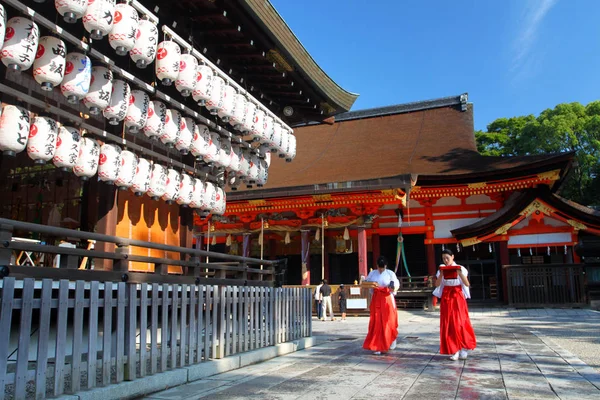
Teaching kids basic shrine etiquette transforms potentially stressful cultural visits into educational experiences. The simple ritual of bowing, washing hands, and making quiet wishes gives children structured ways to engage with Japanese culture.
Most shrines welcome families and often feature special areas where kids can purchase small good-luck charms or write wishes on wooden ema (wooden plaques).
Portable Cooling Devices
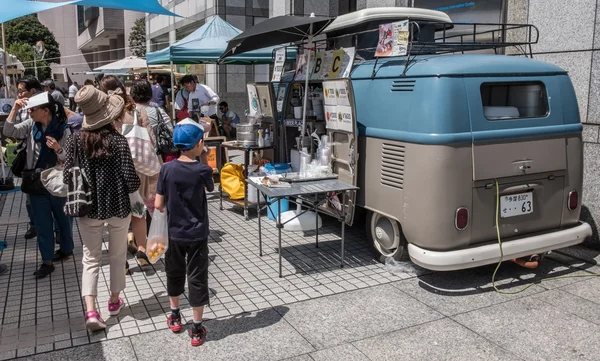
Summer in Tokyo requires serious heat management strategies, especially for children who may not communicate discomfort. Portable fans, cooling towels, and freeze packs become essential survival tools during humid months.
Many convenience stores sell instant cooling pads that activate when squeezed, providing quick relief during particularly sweltering subway rides.
Like Travel Pug’s content? Follow us on MSN.
Essential Emergency Phrases
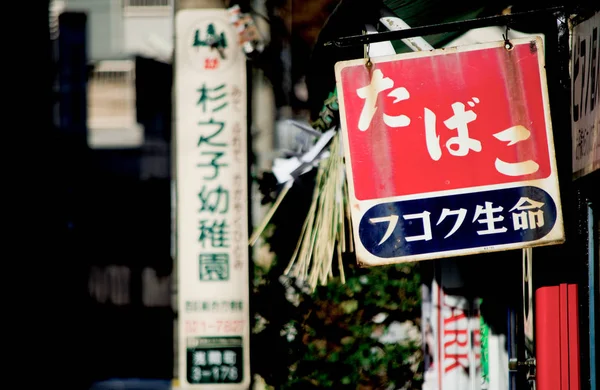
Learning key Japanese phrases helps immensely when traveling with children who might need assistance. ‘Sumimasen’ (excuse me), ‘Tasukete’ (help), and ‘Byouin wa doko desu ka’ (where is the hospital) cover most emergencies.
Writing your hotel address in Japanese on cards that kids can carry provides backup communication if family members get separated.
Cash-Heavy Society
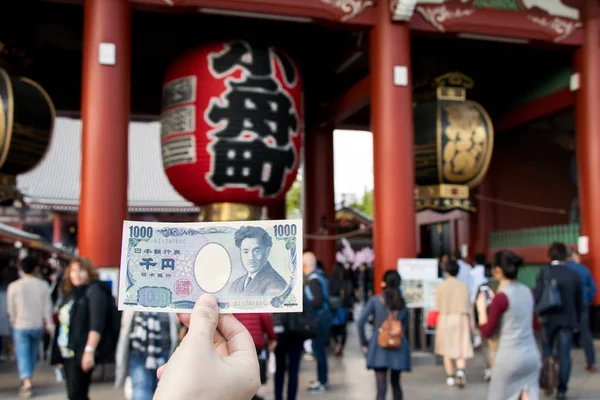
Japan remains surprisingly cash-dependent, particularly for smaller purchases and family-friendly activities like temple visits or street food. Carrying sufficient yen eliminates frustration from finding ATMs that accept foreign cards, especially when managing hungry or tired children.
7-Eleven and post office ATMs reliably work with international cards when you need to restock cash supplies.
Baby Changing Stations
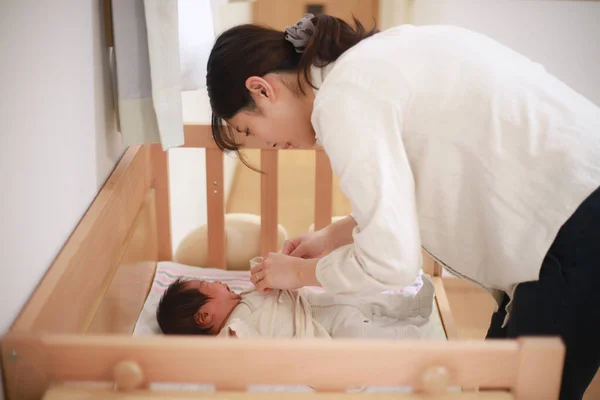
Tokyo excels at providing clean, well-equipped baby changing facilities in unexpected places like major train stations, department stores, and even some subway platforms. These facilities often include hot water for formula preparation, disposal bins for diapers, and sometimes small play areas to keep siblings occupied.
Learning to recognize baby station symbols saves significant time and stress.
Like Travel Pug’s content? Follow us on MSN.
Character-Themed Cafés
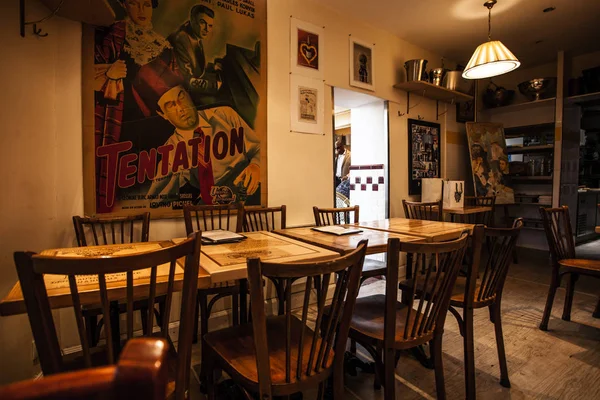
Tokyo’s character cafés offer experiences that blend dining with entertainment in ways that captivate children’s attention for extended periods. Whether it’s Hello Kitty, Pokémon, or Studio Ghibli themes, these cafés create immersive environments that make ordinary meals feel like special events.
Reservations are usually required, so planning prevents disappointment.
Crowd Timing Strategy
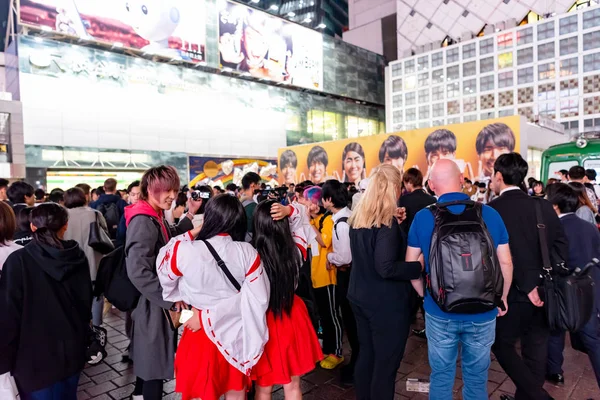
Popular attractions become significantly more manageable when visited during off-peak hours, which matters more when traveling with children who have limited patience for crowds. Early morning visits to places like Senso-ji Temple or Tokyo Skytree offer better photo opportunities and shorter lines.
Weekday visits to major attractions often provide dramatically different experiences compared to weekend chaos.
Portable Snack Management
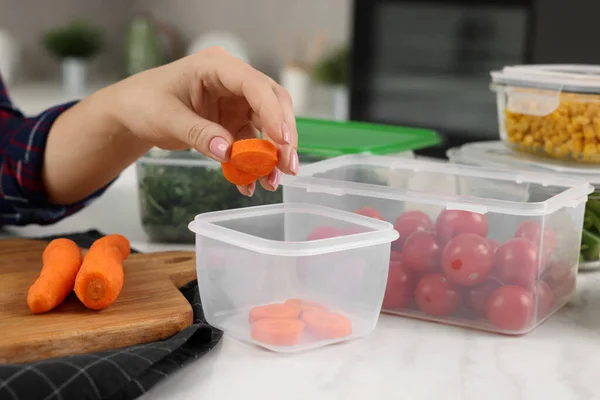
Japanese convenience stores and supermarkets offer an incredible variety of portable snacks that keep kids satisfied between meals without creating mess or noise issues on public transportation. Rice crackers, individually wrapped pastries, and seasonal fruit provide familiar comfort food options alongside more adventurous local treats.
Bringing a small cooler bag extends snack options significantly.
Like Travel Pug’s content? Follow us on MSN.
Weather Preparation Gear
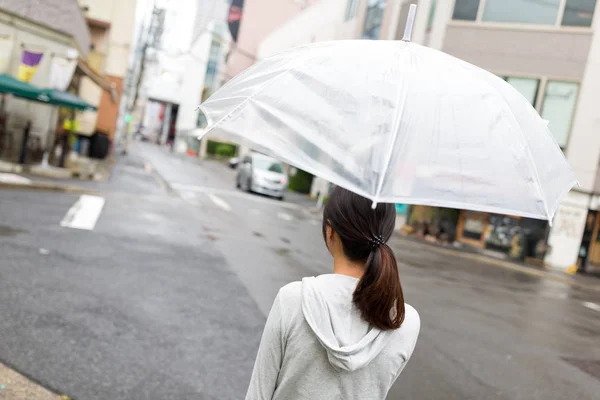
Tokyo’s weather can change rapidly, particularly during the rainy season and autumn, making flexible clothing strategies essential for family comfort. Lightweight rain gear, extra layers, and comfortable walking shoes prevent weather from derailing carefully planned itineraries.
Many hotels provide umbrella loans, though having backup gear avoids last-minute scrambles when rains hits.
Kid-Friendly Cultural Activities
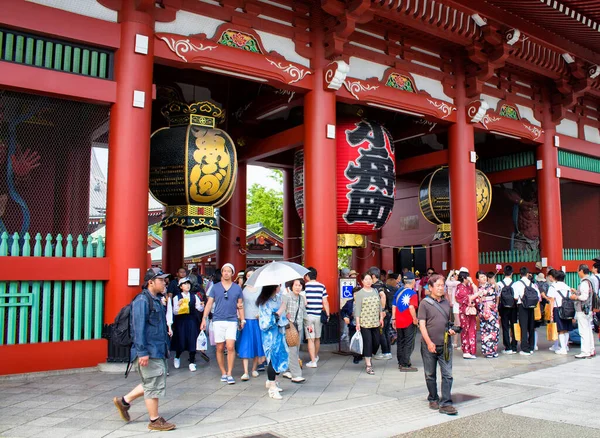
Tokyo offers numerous hands-on cultural experiences designed specifically for children, from traditional crafts workshops to sumo wrestling demonstrations. These activities provide educational value while keeping kids engaged through active participation rather than passive observation.
Many cultural centers offer English-language family programs during school holiday periods.
From Ancient Traditions to Modern Families
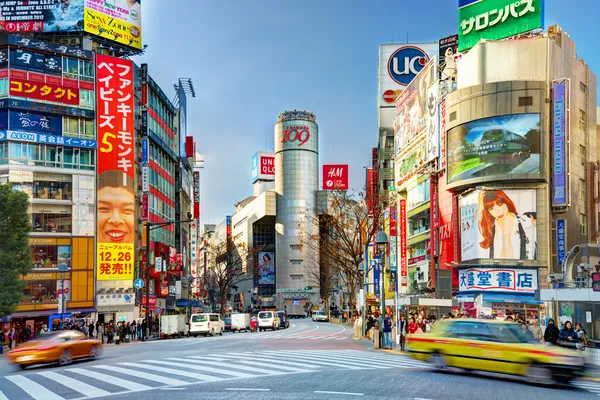
Tokyo’s transformation from traditional Japanese capital to global metropolis hasn’t diminished its fundamental respect for family life and children’s needs. The same cultural values that created elaborate tea ceremonies and meticulous temple gardens now manifest in spotless public facilities, family-friendly restaurant policies, and transportation systems designed with everyone’s comfort in mind.
Modern Tokyo represents a unique blend where cutting-edge technology serves age-old priorities like community consideration and child welfare. This combination creates an environment where families can experience both Japan’s rich cultural heritage and its innovative modern conveniences without compromise.
Your Tokyo adventure with kids becomes not just a vacation, but a window into how societies can evolve while maintaining their core values of mutual respect and care.
Like Travel Pug’s content? Follow us on MSN.
More from Travel Pug

- 20 Best Beach Towns in the Carolinas
- 13 Destinations Where Tourists Regularly Regret Their Trip
- 20 Things You Actually Get in First Class
- 20 Small Airports With Aviation Museums
- 20 Places in the U.S. That Are Perfect for a Reset Trip
Like Travel Pug’s content? Follow us on MSN.
